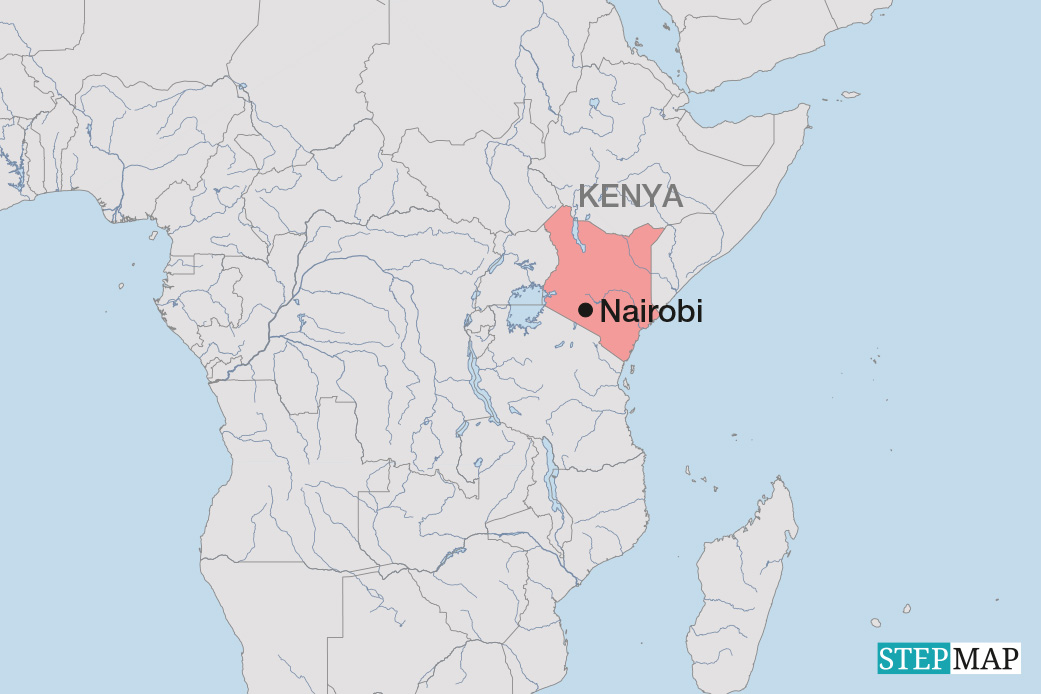Interview
“Infrastructure to assist the poor”
Infrastructure is getting more attention in development circles again, whereas the issue was somewhat discredited in the past. Many large-scale projects, after all, had failed because they did not fit into the economic and social environment of developing countries. Are governments still biased towards spectacular projects?
Well, governments may want to build a large infrastructure project to show their commitments in infrastructure development. In that sense, large projects could make sense. And if the projects work out well, they do make sense for development too. In general, however, I would say that governments are becoming very careful in project planning and development. They want to succeed, and so-called “cathedrals in the desert” or “white elephants” do not help them get elected. My department works with private-sector companies. And for those investors and lenders, what matters is project viability and profitability. They will not commit to projects, large or small, unless they believe in the success of the projects.
Doesn’t that again imply a bias towards the large scale? It should be easier to convince a private-sector investor of building a toll-way than rural feeder roads. But feeder roads would give the poor market access.
Things are not necessarily that clear cut. For instance, we can design a package including feeder roads. Those roads will not only serve the rural poor, but also enhance the value of the planned private-sector highway. Building feeder roads can make business sense even though it is obviously impossible to collect tolls on them. If we want to fight rural poverty – and ADB commits to do so – then it is also important to improve rural infrastructure. In cooperation with the private sector, we could have two options. For example, we could include feeder roads in the scope of the highway project to be implemented and operated by the private sector, or we can work through the ADB’s regional departments to ensure that feeder roads are built by the government, if need be with ADB support. In either case, economic return of both the highway, which is to be built by the private sector and feeder roads, which may be built by either government or public sector will be enhanced. To date, we have financed only two tollways in cooperation with the private sector, in Thailand and the Philippines. In both cases, municipal authorities assumed responsibilities to build feeder roads.
Are private sector-investors interested in fighting poverty at all?
Some of them are certainly involved in charity, but when they do infrastructure business, they do not really distinguish between the rich and the poor. What they are interested in is business, namely generating revenues and profits. According to our experience, if a project is well-designed as a sustainable business, we will find partners, no matter which segments of the population will benefit most.
Does it make sense to speak of pro-poor infrastructure?
Yes, it does. You see, people without access to infrastructure pay very high prices for very basic things. Water is an example. In megacity slums, the poor typically have to spend more money on that resource than the better-off, and I am speaking in absolute terms per unit and not necessarily shares in average incomes. Procuring a litre of water is always more expensive if you do not have a tap at home. The poor pay 7 to 10 times more for one litre of water than the rich. That is why I say that improving infrastructure is a very good way to assist the poor.
But private-sector provision of drinking water does not have a good reputation internationally. Non-governmental organisations (NGOs) complain about poor results.
We have seen success as well as failure. In Jakarta, two water-supply concessions were given to different private-sector companies in 1998. One concession worked out quite well, the other one did not. In Manila, it was the same. One of the supplying companies actually had fine results, while the second one did not succeed.
But the NGOs only point to the failures.
I think they give us warning signals and remind us of our shortcomings. They also help us broaden perception by presenting different views. They may not have to remind us of our success stories. NGOs could act as watchdogs, and that makes sense to me.
Apart from over-sized projects, another downside of infrastructure projects in the past was corruption. Construction businesses are known to be particularly prone to giving and taking bribes all over the world.
ADB – like other multilateral institutions – has very strict standards concerning the environment, corporate governance and labour relations irrespective public-sector or private-sector projects. In the private sector projects, we carry out very intensive due diligence exercise. And private sector projects are reviewed annually. We are funded by member countries and have to make sure that we work with good, reliable clients. We are very pleased with excellent working relationship with private sector. Indeed, it happens some time that major corporations seek ADB assistance not because of the money but because of our intensive due diligence and strict requirements and project monitoring. BP once told us quite frankly that they could mobilise all the funds they needed for its LNG project in Indonesia without any problems. Nonetheless, the company sought ADB funding in order to ensure full compliance with the highest international standards and best practices, anticipating exposure to criticism if it did not.
Does working with private-sector investors in infrastructure not imply that you basically work in emerging economies? It must be hard to attract private capital to a crisis state.
No doubt, we depend on the motivation and interests of private-sector investors. If private investors do not fancy a project, they will not make it happen. But that does not mean that a low income country cannot benefit from ADB private sector infrastructure finance. For instance, with ADB support, a power transmission line project was implemented from Thailand to Phnom Penh by private-sector companies. That investment made sense for the companies involved, but also for the public in a low income country like Cambodia, because that is a country where electric power is mostly generated with small diesel generators – which is very expensive.
If what you support is so attractive, why do you have to get involved at all?
There are several reasons. First of all, we can encourage investors to do things they perceive to be risky. For instance, we cover political risks in crisis countries. Second, we do not participate in every infrastructure project that looks reasonable. We want to contribute to model projects that are replicable easily, and we want to help pioneering projects, which are the first in the sector or country. Third, our financing package is comprehensive and competitive, so we can make financing arrangements easier and investments more attractive. ADB does not finance more than 25 % of the total fund needed. Our leverage factor is about five to eight. In every one dollar that ADB lends or invests, ADB mobilises five to eight dollars from private investors or banks.
Questions by Hans Dembowski.







